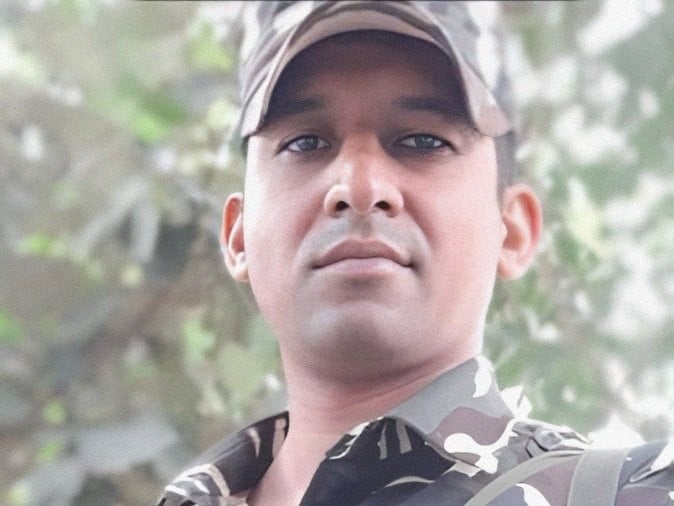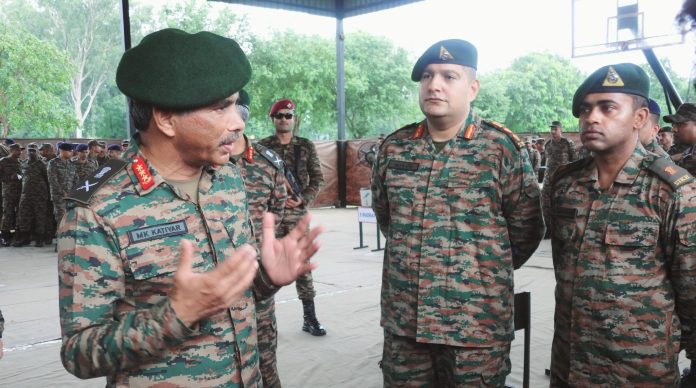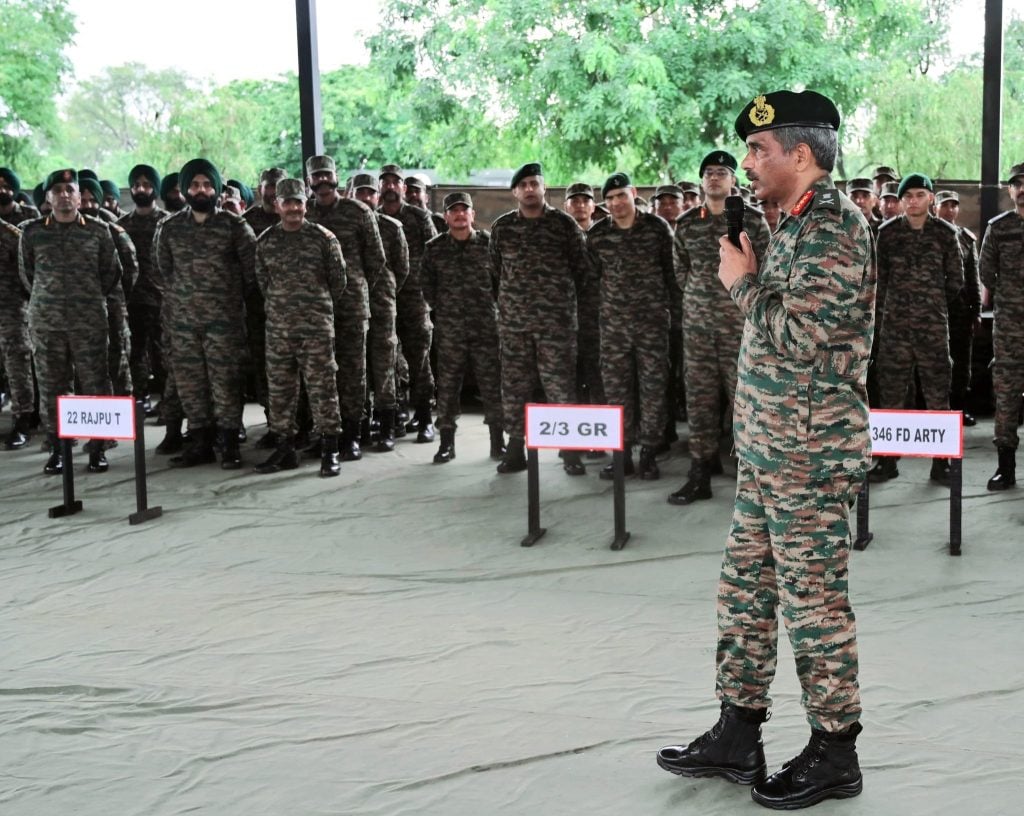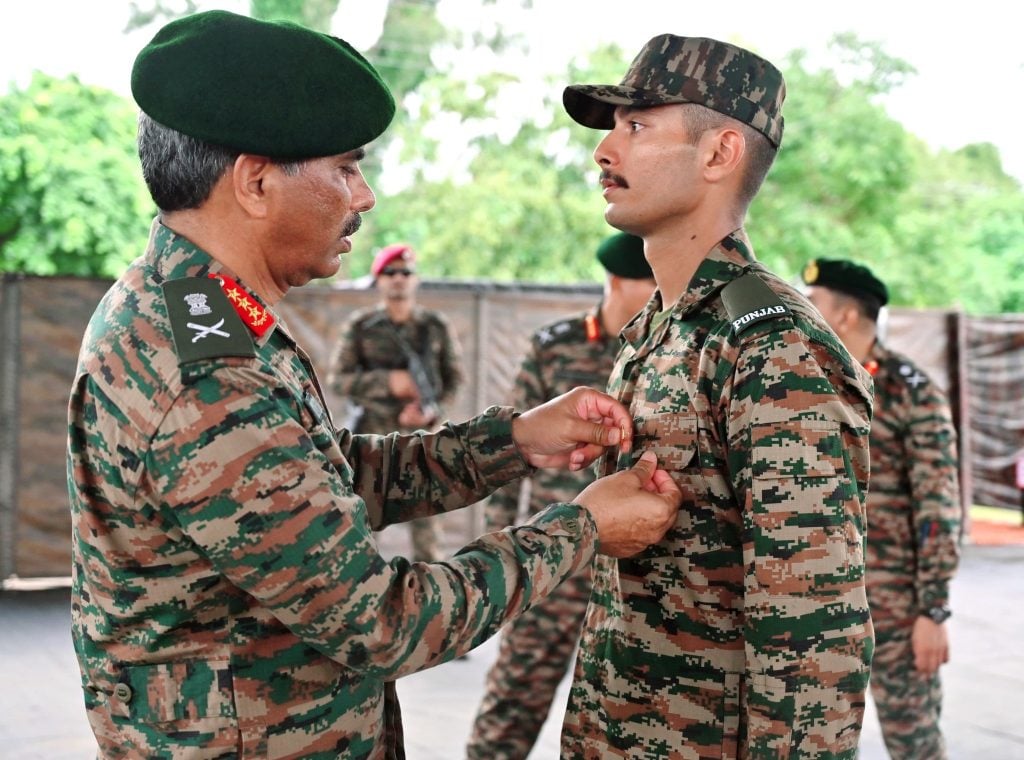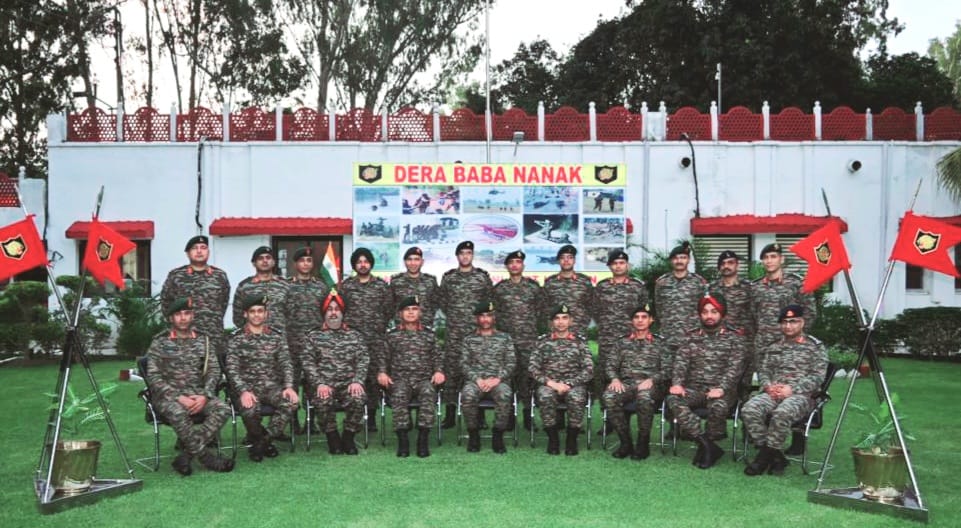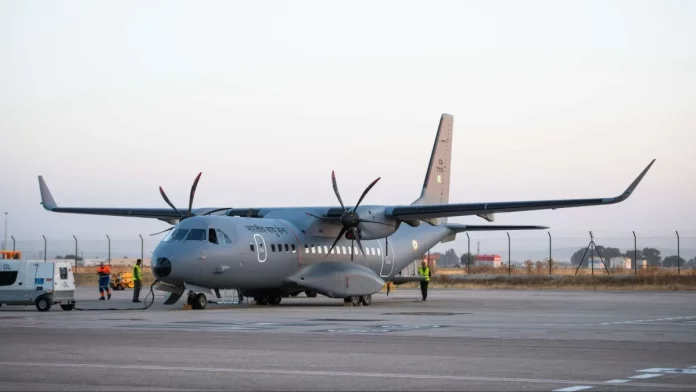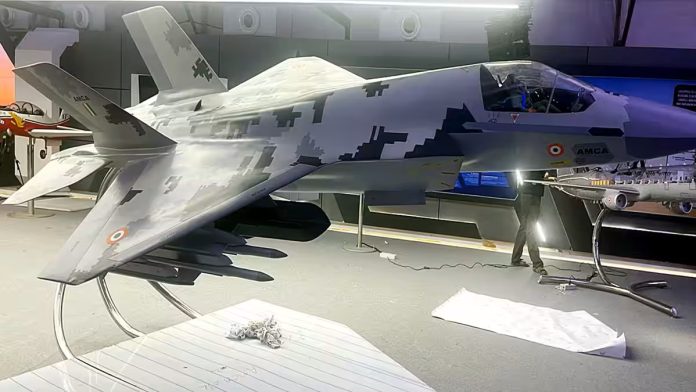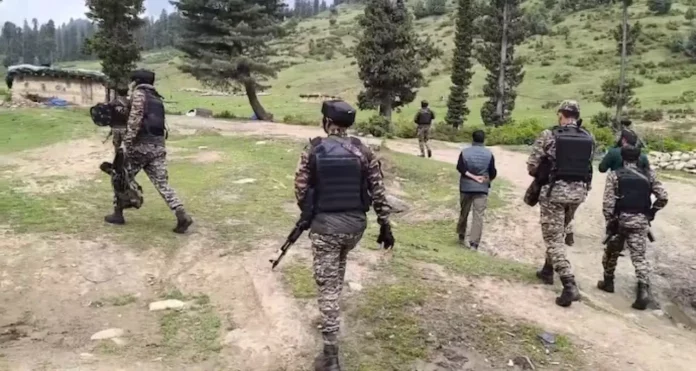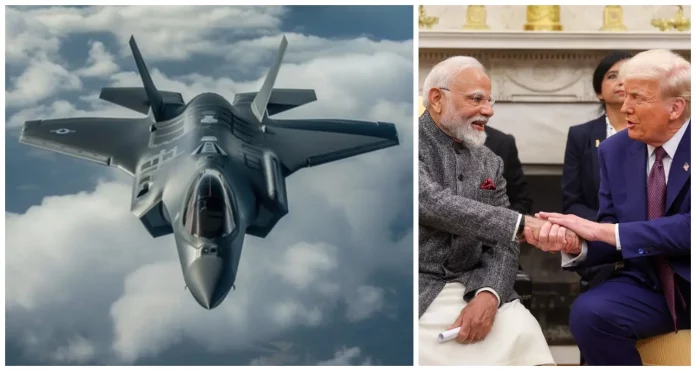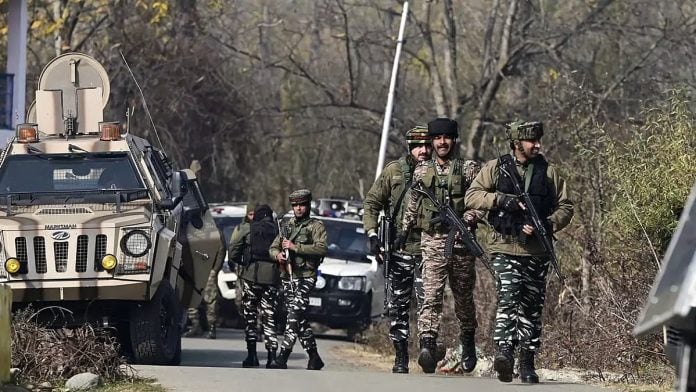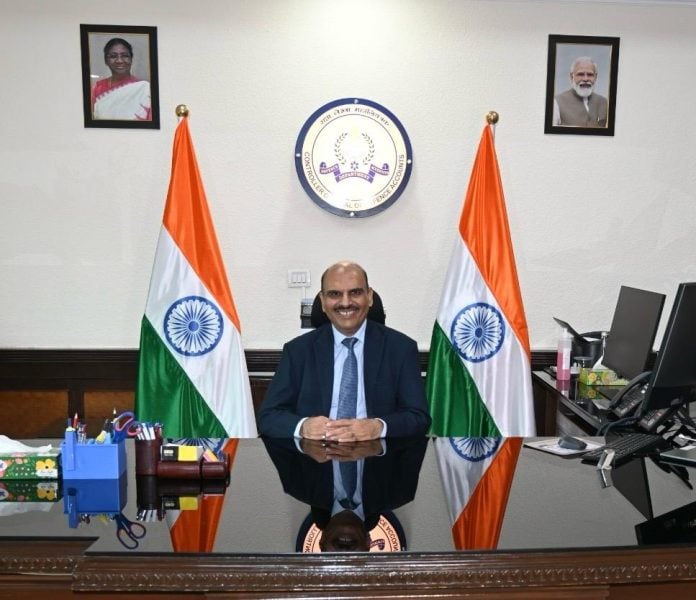The Aeronautical Development Agency (ADA), functioning under the Defence Research and Development Organisation (DRDO), has extended the deadline for submitting bids for the Expression of Interest (EoI) regarding the Full-Scale Engineering Development (FSED) of the Advanced Medium Combat Aircraft (AMCA). Originally set for August 16, 2025, the new deadline is now August 31, 2025, at 5:00 PM.
The extension is part of an updated EoI document (ADA/AMCA/FSED/EOI/01-2025) dated June 18, 2025, which also includes amendments to Sections 2.1, 2.2, 6, and associated annexures. These changes signal refined scope, eligibility norms, and collaborative models for India’s fifth-generation stealth fighter initiative.
The AMCA program aims to deliver a twin-engine, 25-tonne, low-observable multirole fighter to the Indian Air Force (IAF) by the early 2030s. Designed to counter China’s J-20 and J-31 stealth aircraft, AMCA will feature supercruise capability, low radar cross-section, integrated sensor fusion, and compatibility with unmanned systems. The Mk1 variant will use GE F414 engines (98 kN thrust), while the Mk2 version will incorporate a new 110 kN indigenous engine developed with foreign partners, potentially France’s Safran.
In March 2024, the Cabinet Committee on Security (CCS) approved ₹15,000 crore for Phase 1 of the project. This phase covers five prototypes by 2029, with production slated to begin in 2032. The IAF is expected to induct 120–150 aircraft to replace its Mirage 2000 and Jaguar fleets. The project’s total cost is estimated at ₹1.2 lakh crore, making it one of India’s most ambitious defence programs.
The EoI invites Indian private sector participation in the FSED phase, including design finalization, prototype fabrication, testing, and preparation for serial production. Industry interest is reportedly strong, with companies like Tata Advanced Systems, HAL, Bharat Forge, and L&T expected to compete. Sources close to the matter say the deadline was extended following industry requests for more time to align with the revised scope.
Amendments to the EoI cover the scope of work, eligibility criteria, commercial terms, and annexures. These are aimed at clarifying technical deliverables, streamlining partnerships, and enhancing technology transfer and risk-sharing frameworks. Key updates likely relate to integration of stealth coatings, DRDO’s Uttam AESA radar, and advanced avionics developed by LRDE.
However, the AMCA program faces challenges in areas such as engine development, sensor fusion, and stealth technology. The Gas Turbine Research Establishment (GTRE), which struggled with the Kaveri engine, is now pursuing global collaboration to meet the AMCA’s engine requirements. Lessons from the prolonged Tejas development cycle are also being factored into the new program structure.
The extension of the EoI deadline and associated amendments represent a strategic push to secure capable private partners and ensure timely delivery of India’s next-generation fighter.

